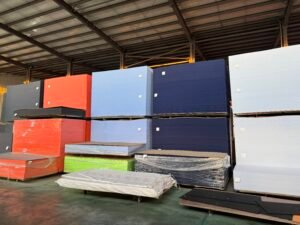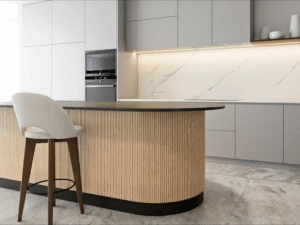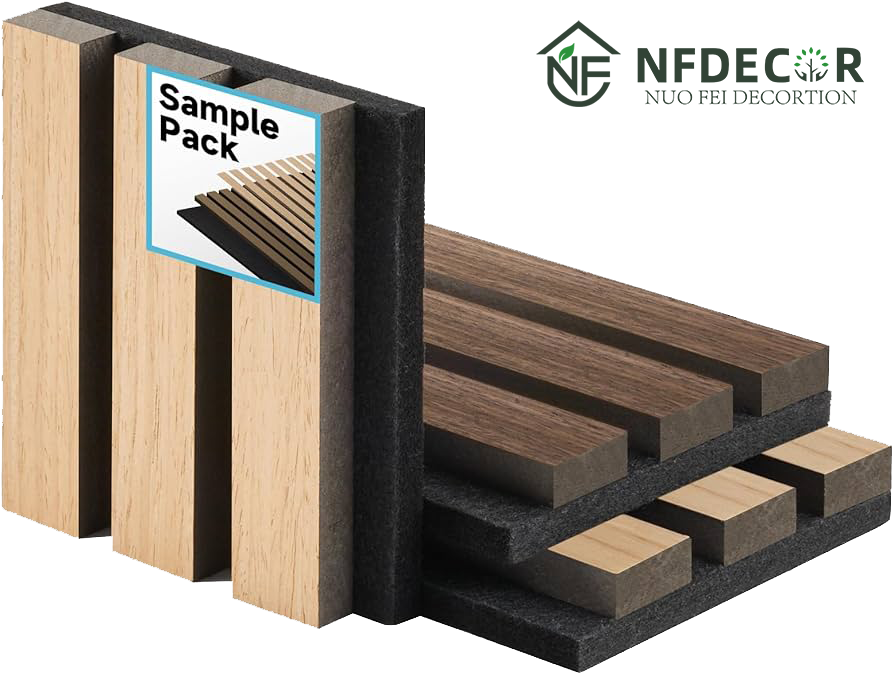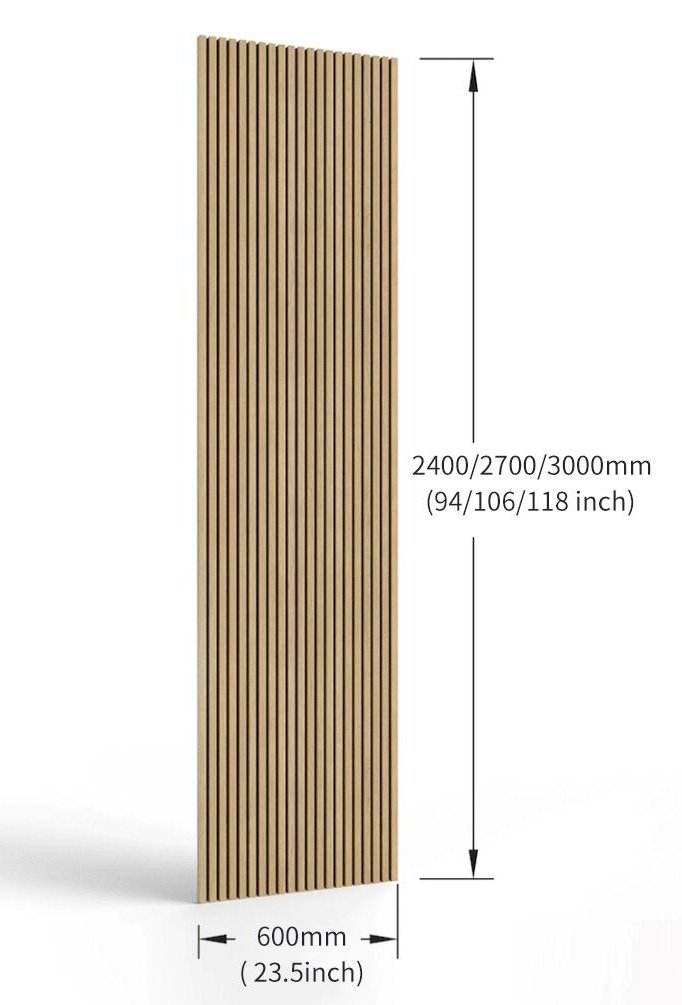Are your clients complaining about echoing office halls or noisy hotel lobbies? You may already know foam and rockwool as go-to soundproofing materials. But here’s the problem: they’re hidden behind walls, not designed to be seen—and certainly not to impress.
If your project demands both acoustic performance and visual appeal, there’s a better choice: acoustic felt panels. Let’s explore how they differ from foam and rockwool, and why more B2B buyers are choosing them for modern, visible applications.
Key Benefits at a Glance
- 🛠️ Surface-Mounted & Decorative – Unlike foam and rockwool, acoustic felt panels are meant to be seen. They beautify walls while reducing noise.
- ✅ Easy to Install – No structural work required. Simply mount on existing surfaces with adhesive or screws.
- 🌱 Eco-Friendly PET Material – 60% recycled content, low-VOC, and available in dozens of colors and patterns.
What Are Acoustic Felt Panels and How Do They Work?
Acoustic felt panels are sound-absorbing boards made from PET polyester fiber, often derived from recycled plastic bottles. Designed to be mounted directly on visible surfaces like walls and ceilings, they combine:
- Mid- to high-frequency sound absorption
- Customizable aesthetic design (colors, shapes, textures)
- Lightweight and non-toxic structure
They’re ideal for commercial interiors such as:
- Offices and conference rooms
- Hotel lobbies and lounges
- Open-plan retail stores and showrooms
Acoustic felt panels create a comfortable acoustic environment without compromising on style.
Key Differences Between Acoustic Felt Panels, Foam, and Rockwool
| Feature | Acoustic Felt Panels | Foam Panels | Rockwool / Mineral Wool |
|---|---|---|---|
| Installation | Surface-mounted (visible) | Often hidden behind fabric or panels | Hidden inside walls/ceilings |
| Visual Appeal | ✔️ High – decorative | ❌ Low | ❌ None |
| Acoustic Use | Sound absorption (mid/high frequency) | Sound absorption (mainly mid frequency) | Absorption + thermal insulation |
| Material | PET fiber (recycled) | PU/PE foam | Stone or glass wool |
| Applications | Decorative wall coverings | Studios, small rooms | Wall cavity, industrial ceilings |
| Fire Resistance | Good (depends on certification) | Variable | Excellent |
| Sustainability | ✔️ Often recycled, low VOC | ❌ Mostly synthetic | ✔️ Natural/mineral based |
✅ Conclusion: Acoustic felt panels are not a replacement for internal wall insulation like rockwool, but they’re the best solution when both performance and appearance matter in exposed interiors.
Why Acoustic Felt Panels Are a Smarter Choice for Modern Commercial Spaces
Today’s commercial interiors demand more than function—they require a refined customer experience. Acoustic felt panels support that vision by:
- Enhancing aesthetic value in open-plan spaces
- Improving speech clarity and comfort for workers or customers
- Allowing easy retrofitting without major construction
- Supporting green building standards (LEED/BREEAM)
They’re perfect for professionals like:
- Interior designers and architects
- Contractors and fit-out specialists
- B2B distributors and acoustic consultants
Final Thoughts
If you’re comparing acoustic felt panels, foam, and rockwool for your next commercial project, remember this:
- 🧱 Foam and rockwool are for behind-the-scenes absorption—essential, but invisible.
- 🎨 Acoustic felt panels are for the spaces your clients see, hear, and experience every day.
For B2B buyers looking to enhance both function and form, acoustic felt panels are the standout solution.
Related Resources










